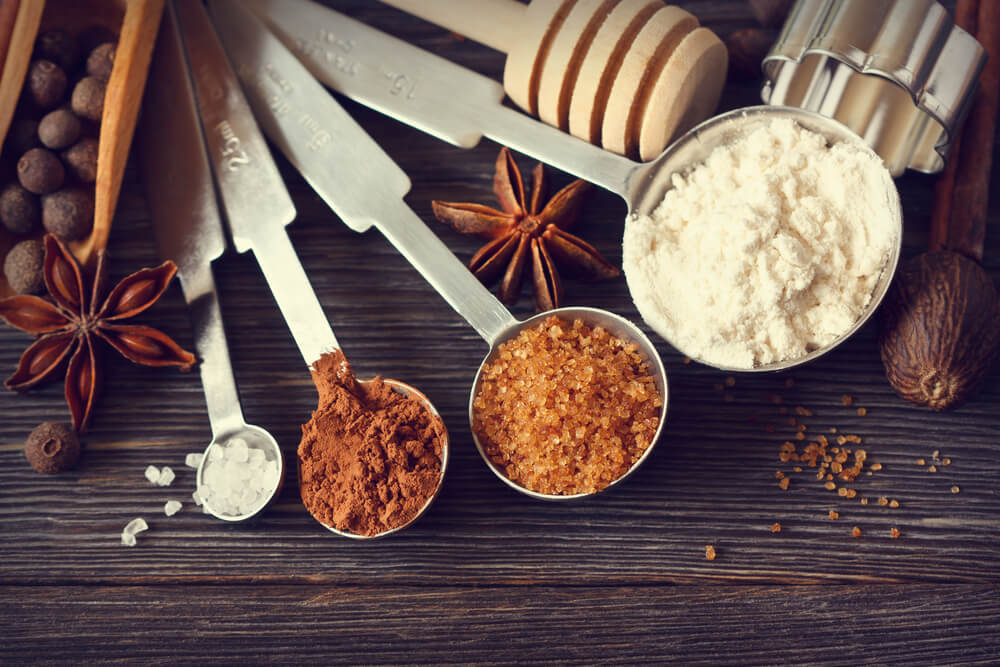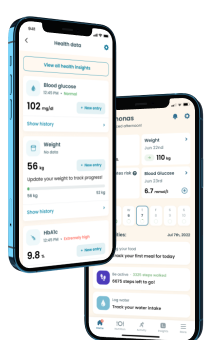How to Measure Ingredients Properly: A Guide for Accurate Cooking and Baking

Common Measuring Tools
When it comes to measuring ingredients, there are a few essential tools you should have in your kitchen:
Measuring Spoons
These small spoons come in various sizes, from 1/4 teaspoon to a tablespoon. They are suitable for measuring both dry and liquid ingredients, making them versatile and readily available in most stores.
Measuring Cups
Graded cups are ideal for measuring dry ingredients, while glass cups are designed for measuring liquids. It’s important to use the correct type of cup for each ingredient to ensure accurate measurements.
Kitchen Scales
Kitchen scales are indispensable when it comes to measuring solid ingredients such as meat, fish, butter, and more. They provide precise measurements and are particularly useful for following recipes that require weight-based measurements.
By using the appropriate measuring tools, you can ensure that the quantities of ingredients in your recipes are accurate, leading to consistent and delicious results.
Conversion Cheat Sheet
While most measuring tools come with labeled measurements, some recipes may require conversions between different units. To help you navigate these conversions, here’s a handy cheat sheet:
3 teaspoons = 1 tablespoon
4 tablespoons = 1/4 cup
5 tablespoons + 1 teaspoon = 1/3 cup
8 tablespoons = 1/2 cup
1 cup = 1/2 pint
2 cups = 1 pint
4 cups (2 pints) = 1 quart
4 quarts = 1 gallon
16 ounces = 1 pound
Dash or pinch = less than 1/8 teaspoon
Having this conversion cheat sheet handy can save you time and ensure accurate measurements, especially when working with recipes that use different units of measurement.



Tips for Accurate Measurement
Here are a few additional tips to help you measure ingredients accurately:
Level Off Dry Ingredients
When measuring dry ingredients like flour or sugar, use a straight-edged utensil (such as a knife) to level off the excess, ensuring you have the precise amount needed.
Use Liquid Measuring Cups At Eye Level
When measuring liquids, place the measuring cup on a flat surface and check the measurement at eye level to ensure accuracy.
Weigh Ingredients for Precision
When precision is crucial, such as in baking, consider using a kitchen scale to measure ingredients by weight. This method guarantees the most accurate measurements.
Avoid Compacting Ingredients
When measuring ingredients like flour, use a spoon to fill the measuring cup gently. Avoid packing it down, as this can lead to
incorrect measurements.
Follow Recipe Instructions
Different recipes may have specific instructions for measuring ingredients. Always follow the recipe guidelines to achieve the desired outcome.
Conclusion
By following these tips and using the right measuring tools, you can ensure that your dishes turn out perfectly every time, providing a satisfying culinary experience for you and your loved ones.
Accurate measurement is the foundation of successful cooking and baking. Whether you’re creating savory meals or delightful desserts, mastering the art of measuring ingredients properly will enhance your culinary skills and bring your recipes to life.
Take a quiz and get your diabetes-management plan today!








